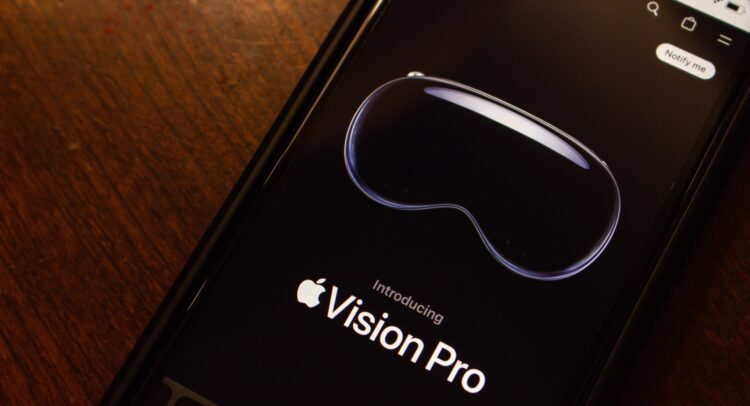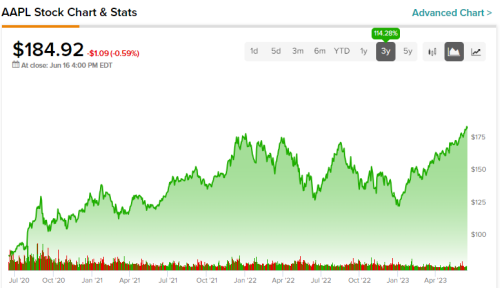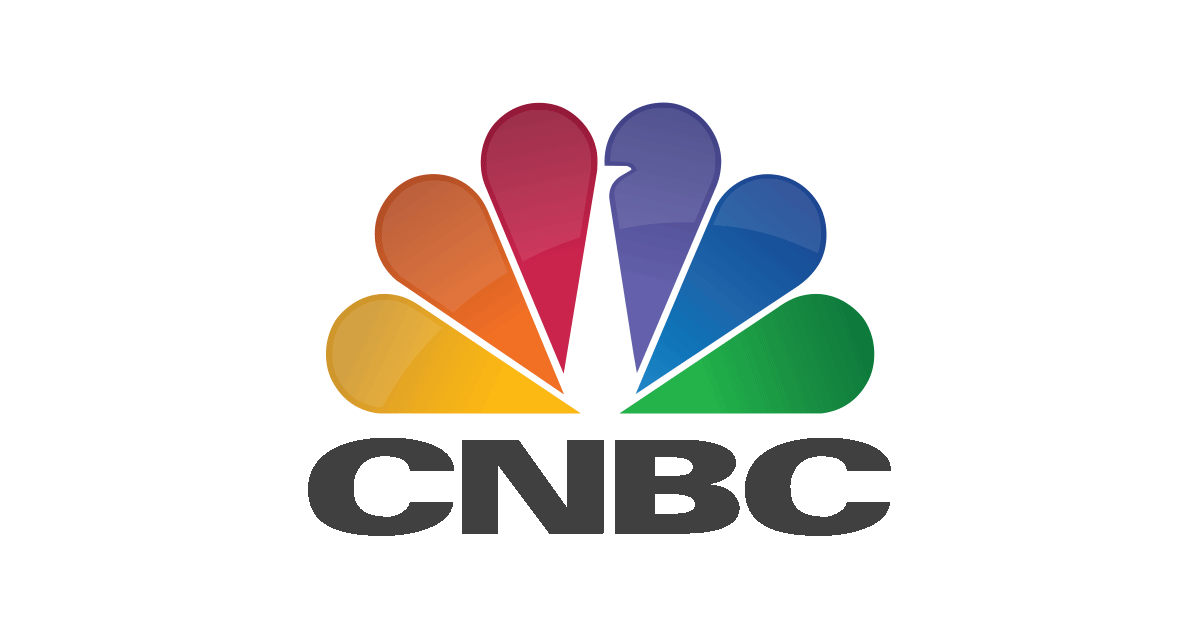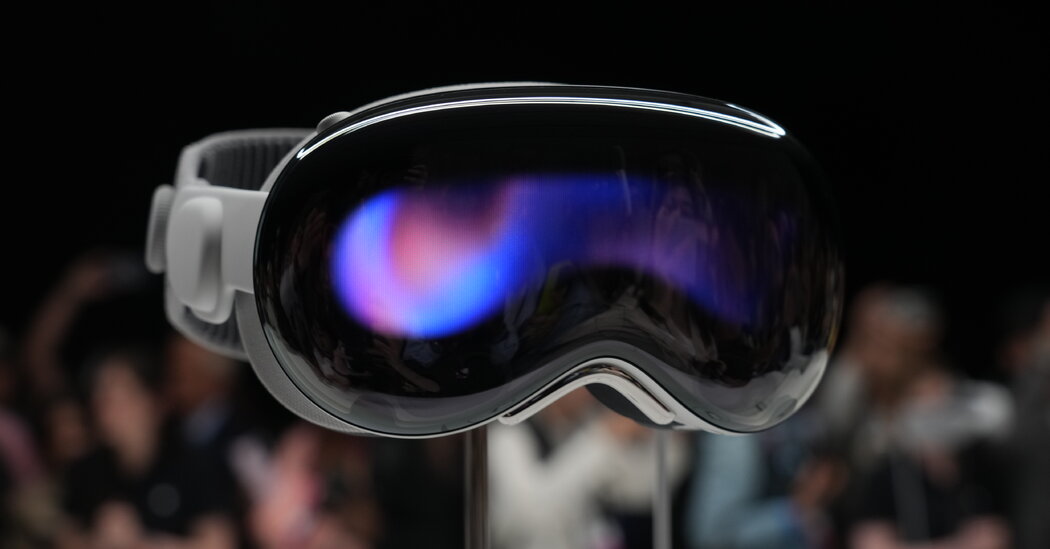AAPL Vision Pro: Expectations Modest Despite Wall Street Optimism
Apple’s new Vision Pro headset has generated a lot of buzz in the tech world, with Wall Street analysts weighing in on the company’s chances in the virtual or augmented reality market. While most analysts see Apple’s advantages over competitors, they are also wary of possible pitfalls, such as the device’s high price, large form factor, and lack of compelling use cases.
Oppenheimer’s Martin Yang Sees Apple as Headset Leader

Martin Yang, an analyst at Oppenheimer, described Apple as a “league of its own” when it comes to headset design.
Custom Chip Design and Synergy with Other Apple Devices
Yang pointed to Apple’s three-plus years of custom chip design, sensor integration, and synergy with other Apple devices as major advantages that should make competitors nervous.
Analysts Are Skeptical of Vision Pro’s Mass Appeal

However, most analysts doubt that the Vision Pro will be a mass-market success right away. The high price, clunky form factor, and dearth of compelling use cases are just a few of the factors that could limit near-term adoption.
Long-Term Journey, Not a Sprint
Brian White, an analyst at Monness, Crespi, Hardt & Co., wrote that achieving mass adoption of the Vision Pro will prove “a long-term journey, not a sprint.”
Gaming and Video Content Likely to Drive Sales
White did note that gaming and viewing digital video content are use cases that make sense for the device.
Needham’s Laura Martin Suggests a Compelling Solution for Driving Sales

Laura Martin, an analyst at Needham, suggested that Apple buy Walt Disney Co. to help drive sales of the Vision Pro.
Compelling Strategic Fit Between Disney’s Content and Apple’s Wearable Tech
Martin argued that the “compelling strategic fit” between Disney’s vast content library and Apple’s wearable technology could create unique content to drive consumer adoption of the device.
D.A. Davidson Downgrades Apple’s Stock

D.A. Davidson analyst Tom Forte downgraded Apple’s stock from “buy” to “neutral,” citing concerns about consumer adoption of AR/VR hardware.
Structural Challenges for Apple’s AR/VR Hardware
Forte pointed to “important structural challenges” that could limit near-term adoption of the Vision Pro and other AR/VR devices.
Conclusion

While the Vision Pro has generated excitement among tech enthusiasts, Wall Street analysts are tempering their expectations for the device’s mass appeal. Apple’s custom chip design, sensor integration, and synergy with other devices are certainly advantages, but the device’s high price, large form factor, and lack of compelling use cases could limit adoption in the short term.
FAQs

1. What is the AAPL Vision Pro, and what are its main features?
The AAPL Vision Pro is a virtual or augmented reality headset developed by Apple. Some of its main features include custom chip design, advanced sensor integration, and compatibility with other Apple devices.
2. How much does the AAPL Vision Pro cost?
The AAPL Vision Pro is priced at $3,499, which makes it one of the most expensive headsets on the market.
3. What are the biggest challenges facing Apple in the virtual or augmented reality market?
Analysts cite the high price, large form factor, and lack of compelling use cases as major challenges facing Apple and other companies in the AR/VR market. Other concerns include consumer adoption and the ability to create unique content.
4. Can Disney help drive sales of the AAPL Vision Pro?
Laura Martin, an analyst at Needham, suggested that Apple could benefit from buying Disney, as Disney’s vast content library could help create unique content to drive consumer adoption of Apple’s wearable technology.
5. Should investors be bullish on the AAPL Vision Pro?
While Wall Street analysts are optimistic about Apple’s advantages in the headset market, they are skeptical of the device’s mass appeal in the short term. Investors should keep a close eye on consumer adoption and the company’s ability to create compelling content.

